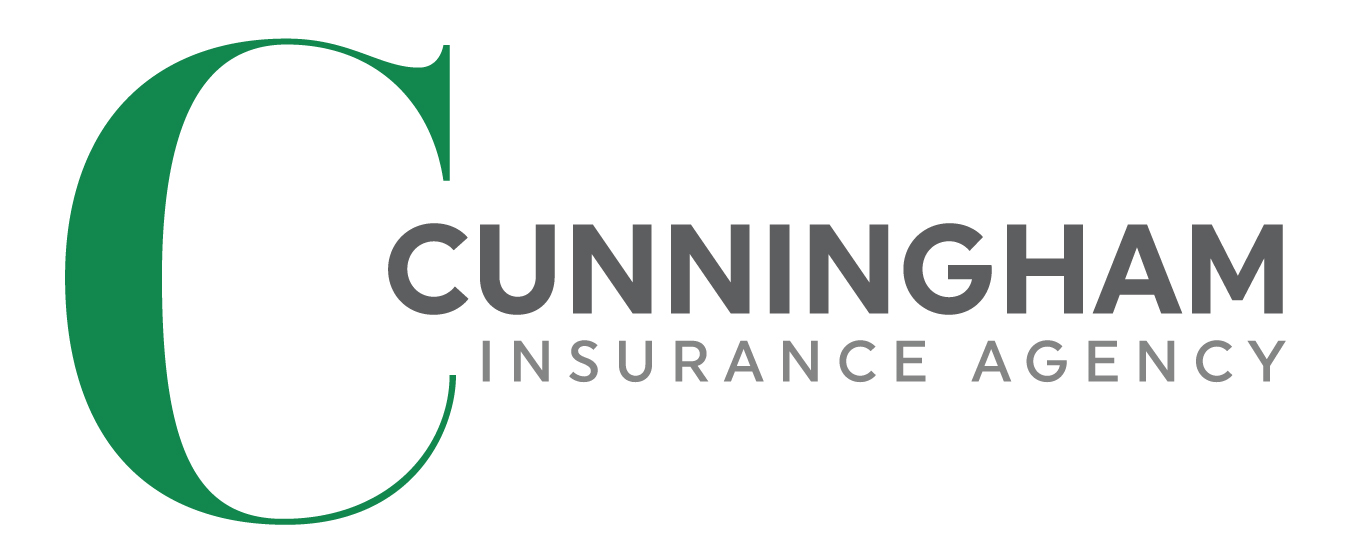Great question — data poisoning and malicious AI agents are emerging risks for businesses as AI adoption grows. Here’s a structured breakdown of how to protect your business:
1. Protect Against Data Poisoning
Data poisoning happens when attackers insert misleading, biased, or harmful data into the datasets your AI systems train or rely on.
🔒 Best practices:
-
Control your data sources
- Use only vetted, trusted datasets.
- Audit any third-party data vendors.
-
Data validation & filtering
- Automatically scan incoming data for anomalies, duplicates, or suspicious patterns.
- Apply statistical outlier detection to flag manipulated entries.
-
Segregate training & production
- Keep raw incoming data separate from training datasets.
- Only move data into training after cleaning, validation, and human review.
-
Model monitoring
- Continuously track model performance for unexpected shifts (e.g., sudden bias, accuracy drop).
- Set alerts for anomalies in predictions that may indicate poisoning.
-
Redundancy
- Train models with multiple data sources to reduce reliance on any one dataset.
- Use ensemble methods that are harder to compromise with subtle poisoning.
2. Protect Against Malicious AI Agents
Attackers may deploy AI agents (like chatbots, crawlers, or automated negotiation tools) to impersonate, infiltrate, or manipulate your systems.
🔒 Best practices:
-
Identity & access controls
- Enforce strong authentication (MFA, tokens, certificates) for both humans and machines.
- Apply role-based access to prevent AI agents from accessing unnecessary systems.
-
Bot detection & monitoring
- Use behavioral analytics (rate-limiting, unusual API usage patterns, etc.) to spot suspicious AI-driven activity.
- Deploy CAPTCHA or proof-of-humanity tools where appropriate.
-
Zero-trust architecture
- Treat every request — whether from a person, app, or AI — as untrusted until verified.
-
Prompt injection defense (for LLMs)
- Sanitize inputs to prevent malicious prompts from hijacking your AI workflows.
- Isolate high-risk LLM use cases (customer-facing chatbots) from sensitive backend systems.
-
Vendor & third-party AI risk management
- Review security policies of any AI tools or APIs you integrate.
- Limit the permissions and data exposure third-party AI agents receive.
3. Organizational Safeguards
- AI security policies → Define how employees can and cannot use AI tools.
- Employee training → Teach staff how prompt injection, phishing by AI, or poisoned data might look.
- Incident response → Develop playbooks for detecting, isolating, and responding to suspected AI attacks.
- Cyber insurance → Some policies now specifically cover AI-related risks like data integrity breaches or algorithm manipulation.
✅ Bottom line:
Protecting your business from data poisoning requires strict control of data pipelines, while defending against malicious AI agents means strengthening access controls, monitoring, and adopting a zero-trust mindset. Together, these measures reduce the likelihood of AI-driven disruptions.

